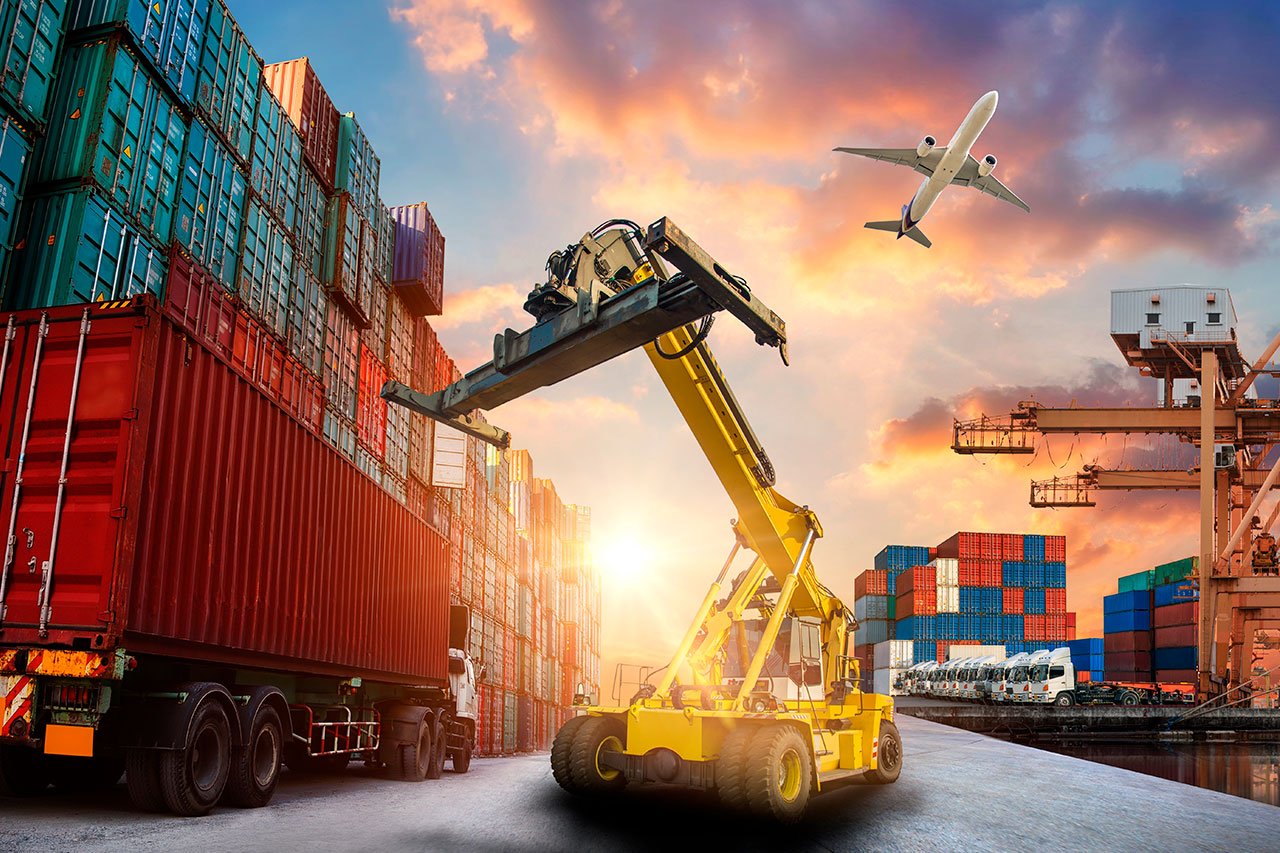As companies work to become more competitive, more and more manufacturers are taking their business global. This means exporting their products to the world, outsourcing their resources and labor, or a combination of both.
Are you planning to expand your manufacturing business overseas? We’ve put together what you need to know about it in five global business tips.

1. Understand cultural norms.
Along with the territory to expand your business internationally, there is interaction with people of different cultural values than your own. Recognizing this diversity, which can include everything from ethical differences to communication methods, is key to doing business around the world.
For example, Japanese business culture is known to be more group-oriented, in that leaders must build consensus on decisions and manage others through a keen process orientation. In comparison, Americans tend to be more individualistic and competitive.
While these communication skills may initially seem out of place for your particular line of business, they ultimately have a powerful impact on how people from a different culture negotiate, make decisions, and ultimately close the sale.
2. All customers are different
The consumer wants and needs are not the same all over the world. Even if there is a regional demand for the product or service you offer, you will most likely need to adapt your business plan to a local customer’s market.
Take, for example, U.S. equipment manufacturer Caterpillar in Asia. The global company is getting tremendous pressure from its biggest competitor, Japan’s Komatsu, for cultural knowledge of Asia. But Cat’s willingness to add local flavor to its equipment and invest in the local economy clearly resonates in Asian markets: the company’s global revenue grew 22 percent in the last quarter, with additional strength from Chinese sales.
Often, the most effective way to internationalize is to go back to the basics of your business plan and introduce it to a new market, allowing you to relearn yourself as you enter the new market.
3. Review compliance with local laws.
When it comes to packaging, standards vary from country to country. For example, in the United States, companies are only required to include directions in English (and sometimes Spanish).
In Europe, your instructions for even the simplest product will be in several languages, sometimes as many as 24 languages. If the product is sold more regionally, you will have to factor in the higher packaging cost associated with labeling. In addition, your product must be certified as safe.
Before proceeding with the manufacture of your products, consult with your local legal counsel to ensure that you comply with all applicable laws and compliance codes.
4. Partnership with a local expert.
If you are internationalizing your business but remain geographically in your home country, you should partner with someone who can vouch for you in your new location. Since you are not fully immersed in the local environment, he or she will be able to provide you with the guidance you need to understand the issues, if any.
When identifying an overseas partner, you should look for someone who not only lives and operates in the local market, but whom you can trust. It is important that this person understands your business and represents your interests.
When you move your business into a new geographic market, you will likely be competing with local companies that already understand the customers and have determined how to market their products. Partnering with local experts can give your company a big advantage.
5. Immerse yourself in a new area.
Before you decide to take your business to the global market, you should plan a trip to visit the area yourself. Sure, expert business consultants and a Google search can tell you what you think you need to know, but there is nothing better than visiting directly to help you really understand a new market and its values.
When visiting a new location (sales market), think about a guide to help you assimilate that area. Be sure to do some preliminary research to find out how truthful the information you get from your guide is. The right guide will not only make you feel comfortable, but will also open new doors for you.
And, of course, it’s not enough to just visit the place once. In addition to regular online check-ins, such as video, chat messaging and email, you should include regular global travel in your business plan. This will keep you informed and help you understand if there are any adjustments you need to make.
At VYNMSA we are fully equipped to develop your Build To Suit project and meet the infrastructure requirements for the automotive sector. We also have about 20 inventory buildings ready for immediate occupancy, totaling 1.7 million square feet of space in the northeast and the Bajio region.
We are one of the leading industrial developers in Mexico with almost 30 years of experience helping companies establish themselves in Mexico. Contact us and find out why VYNMSA will be able to develop your project successfully.